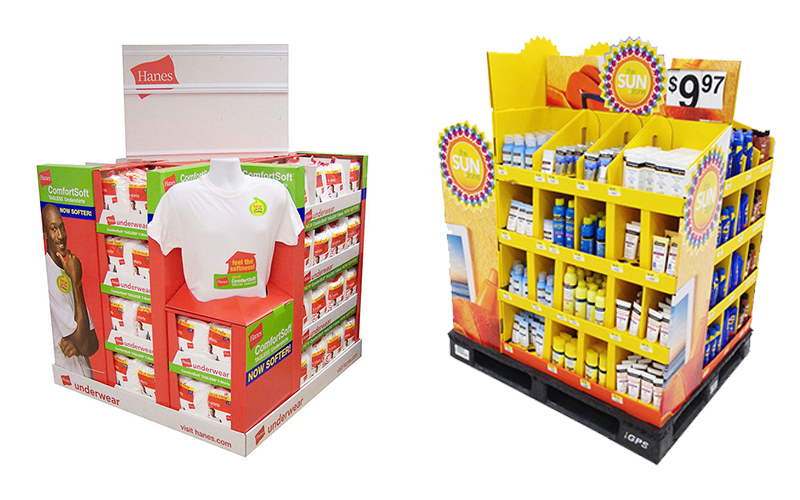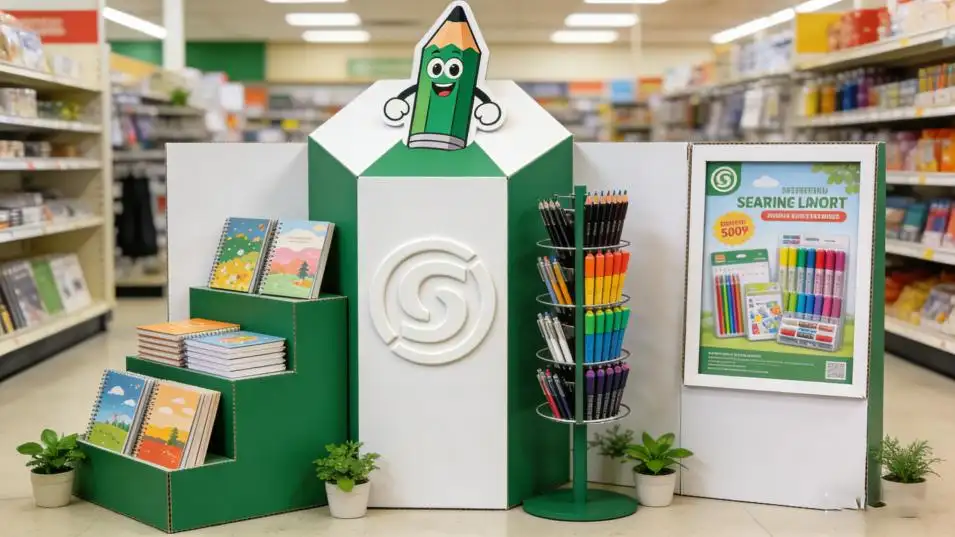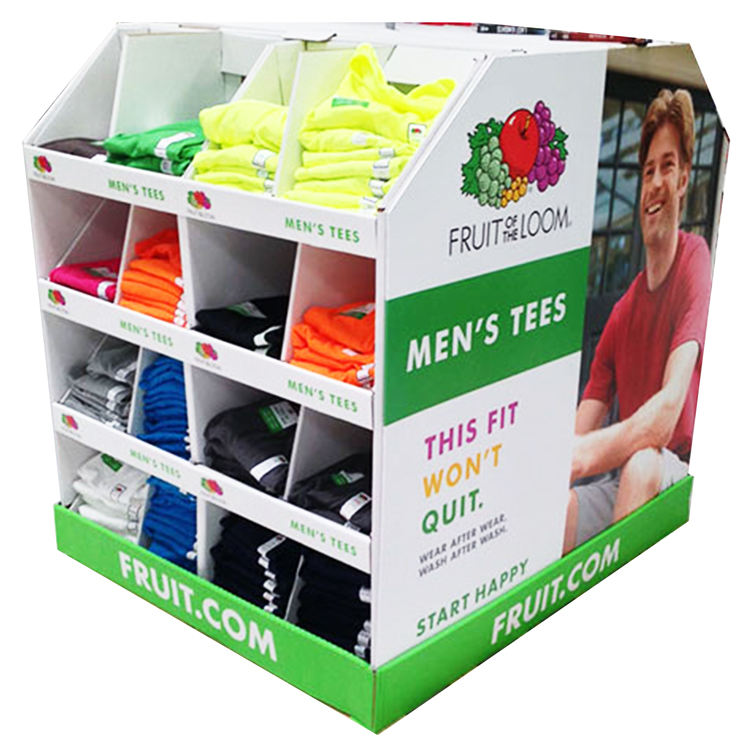In the dynamic world of paper display racks, understanding the comprehensive process from client inquiry to production and delivery is pivotal. Let's dive into a detailed exploration of this journey, shedding light on every significant stage and its nuances.
1. Understanding Client Needs
Client inquiries initiate the intricate dance of supply and demand in the realm of paper display racks. These requests serve as the genesis, where comprehension of client requirements holds paramount importance. Conversations and interactions at this stage are the foundation upon which the entire process is built.

2. Design and Customization
Once the inquiry is received, the design and customization phase takes center stage. Here, innovative ideas merge with technical expertise to craft tailor-made solutions. From material selection to structural design, this phase is the breeding ground for uniqueness and functionality.
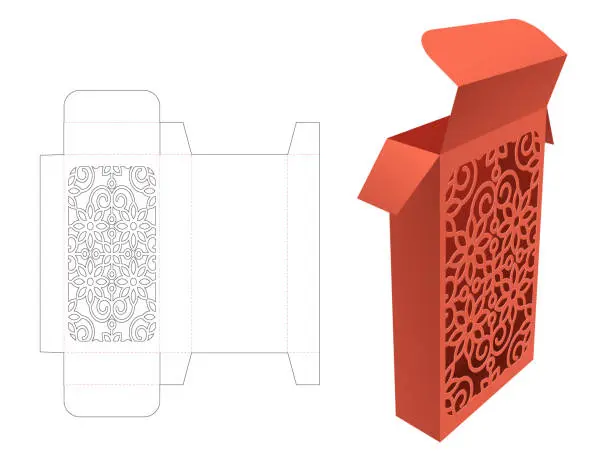
3. Material Choosing and Production Initiation
Material choosing marks a pivotal moment, ensuring the quality and integrity of the racks. Once materials are secured, production initiation kicks in, orchestrating the actual birth of these display marvels. Precision, efficiency, and adherence to design specifications reign supreme in this phase.
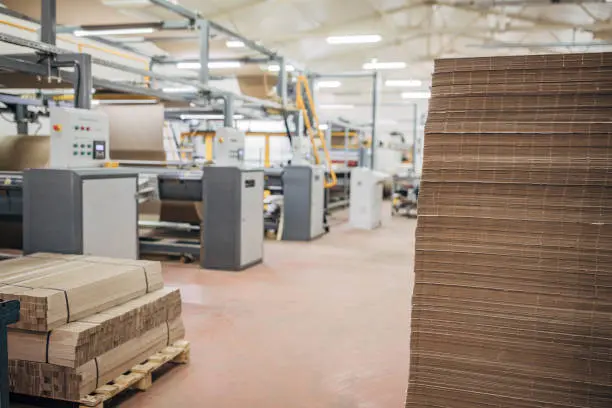
4. Crafting the Paper Display Racks
The manufacturing process transforms raw materials into the final product. This intricate craftsmanship involves cutting, shaping, assembly, and fine-tuning. Each step is a testament to skill and dedication, resulting in sturdy and visually appealing display racks.
Cutting:
Cutting is the initial step in crafting paper display racks. It involves precision measurements and the use of specialized cutting machines or tools such as die-cutters, laser cutters, or even simple utility knives. The choice of cutting method depends on the complexity of the design and the type of paper being used—whether it's cardboard, corrugated paper, or recycled paper. Accurate cutting is essential to create individual components like shelves, supports, or panels with precise dimensions.
Shaping:
Shaping paper involves manipulating the cut components to achieve the desired form or structure. Techniques such as folding, creasing, or scoring are employed to bend or shape the paper into specific angles, curves, or forms. For instance, folding techniques might be used to create sides or flaps for the shelves, while creasing helps in strengthening certain areas for better load-bearing capacity. Shaping ensures that the paper components fit together seamlessly during assembly.
Assembly:
The assembly stage is where the cut and shaped paper components are brought together to construct the final display rack. It involves techniques such as gluing, slotting, or interlocking mechanisms to join the various parts. Precision and attention to detail are crucial during assembly to ensure the structural integrity and stability of the rack. Proper alignment and secure attachment of components are essential for the functionality and durability of the paper display rack.
Fine-Tuning:
Fine-tuning is the meticulous process of refining every aspect of the paper display rack. It encompasses several facets:
- Precision Adjustment: Aligning components perfectly to ensure stability and functionality.
- Surface Finish Enhancement: Smoothing edges, eliminating imperfections, and enhancing the appearance.
- Load Distribution Optimization: Balancing weight-bearing capacity across shelves for secure product placement.
- Structural Strengthening: Reinforcing weak areas to enhance longevity and durability.
- Testing and Quality Assurance: Rigorous assessment to ensure the rack meets defined standards.
- Aesthetic Refinement: Incorporating decorative elements and aligning with branding for visual appeal.
5. Quality Assurance

Before reaching the hands of clients, quality assurance plays a critical role. Rigorous checks and inspections ensure that the racks meet and exceed industry standards. This phase is the guardian of reliability and durability.
6. Packaging and Shipment
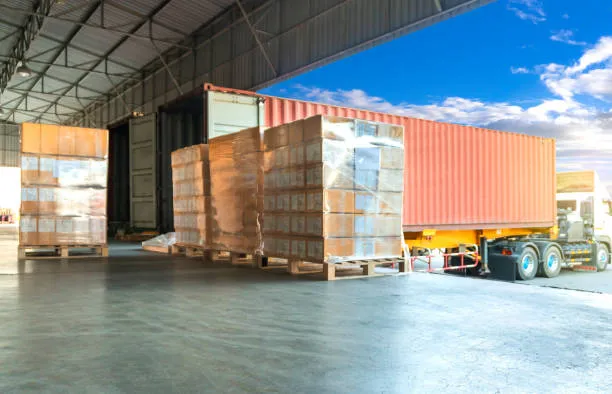
Packaging is more than just protection; it's a promise of care and attention. Packaging these display racks securely ensures their safe journey during shipment. Logistics strategies come into play, ensuring timely and safe delivery to the awaiting clients.
Conclusion
The journey of paper display racks, from the inception of a client's inquiry to the final delivery, is an intricate symphony of creativity, precision, and dedication. Each stage intertwines seamlessly, emphasizing the craftsmanship and commitment embedded in every rack produced.
This journey is not merely a process but a testament to the fusion of artistry and functionality, elevating the essence of paper display racks in the market landscape.
Remember, these stages encapsulate the essence of the journey; however, the beauty lies in the intricate details, the personalized touches, and the dedication of those involved in creating these indispensable tools for showcasing products.


